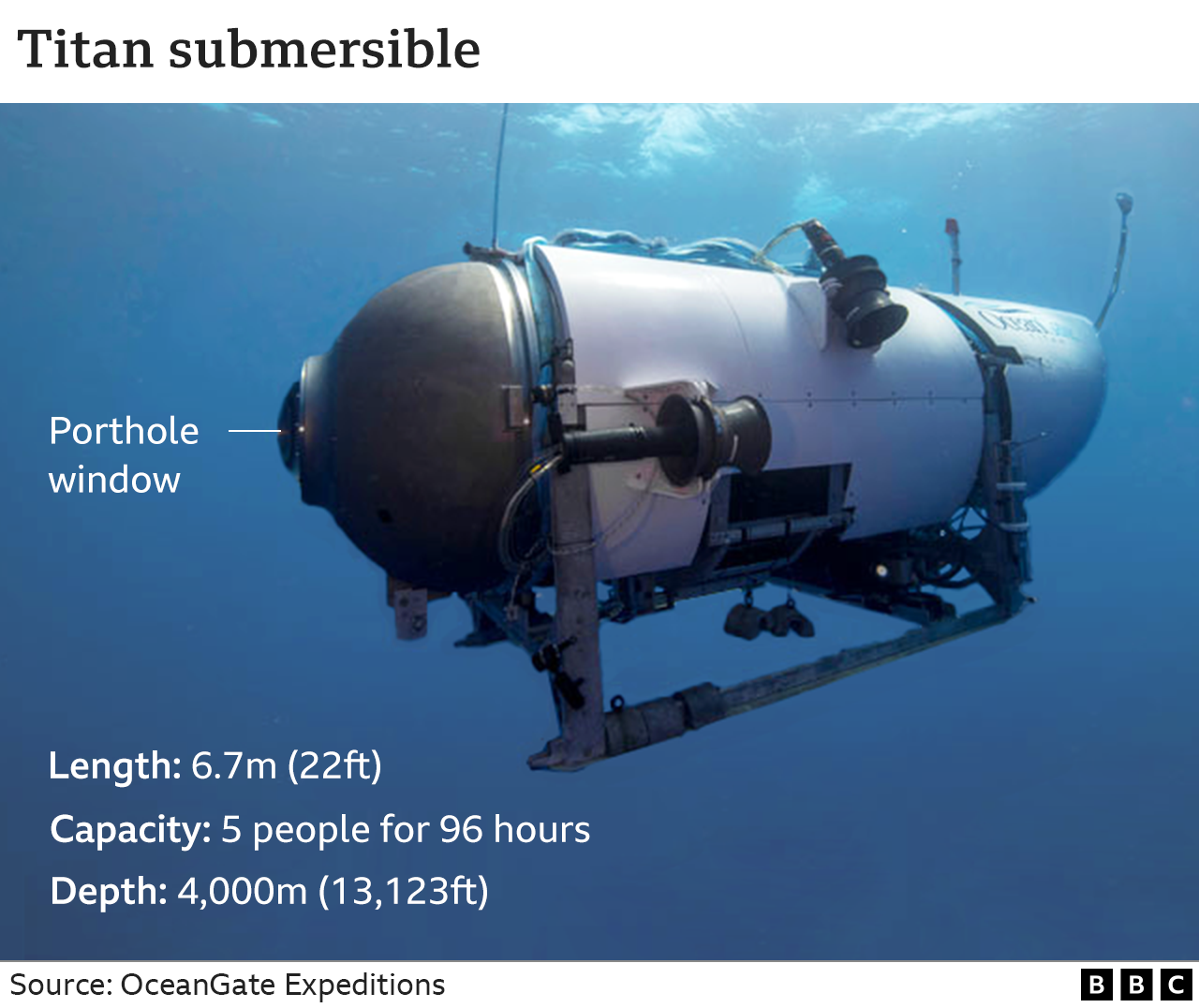The frantic international search for the missing tourist submersible entered a more desperate phase today as rescuers feared the oxygen supply on the vessel may be running out.
The search for the Titan, which went missing Sunday after embarking on a mission to survey the wreckage of the Titanic, has been focused on an area where Canadian aircraft detected “underwater noises” Tuesday and again yesterday.
Also read: Search for Titanic sub reaches sea floor, oxygen feared exhausted
The exact whereabouts of the Titanic submersible and the condition of the five crew onboard are unknown. It is thought that, if the vessel is still intact, it may have just a little amount of oxygen remaining, creating a race against time to find the sub before it is too late.
Here is a look at the predicament as rescuers searched for the submersible, which may be on the ocean floor or bobbing on the surface, with the tourists bolted inside, in an area roughly the size of the state of Connecticut, or nearly half the size of Belgium.
The vessel’s oxygen supply will run out early on Thursday, according to OceanGate, the private company that operates the tour.
INHOSPITABLE TERRAIN
If the craft is on the ocean floor, it would be nearly impossible to rescue, experts say. The Titanic wreck is 2.5 miles below the surface. The submersible lost contact about halfway down on its dive. “It’s pitch black down there. It’s freezing cold. The seabed is mud and it’s undulating. You can’t see your hand in front of your face,” said Tim Maltin, an expert on the Titanic’s sinking and wreckage.

BRING IT UP?
If the submersible is on the ocean floor, experts say that a sub-to-sub rescue is unlikely. Only a handful of submersible craft exist that could reach the depths of the Titanic wreck. Even if they could reach it, submersibles do not have the power to tow the missing vessel up to the surface. If it’s on the ocean floor, the number of unknowns is enormous. “We know more about the moon surface than the bottom of the ocean, because we just haven’t surveyed it,” said Jamie Pringle, a forensic geoscientist at Keele University in Britain.
Also read: Relative of Shahzada Dawood trapped on Titanic sub with son says rescue ‘is family’s sole focus’
FINDING IT ON THE SURFACE
If the vessel is bobbing at the ocean’s surface, finding it will be a needle-in-a-haystack situation, experts say. The vessel the size of a van will be even harder to spot if it is partially submerged. It is far out in the ocean, so moving ships and equipment to the large area being searched takes time.



































